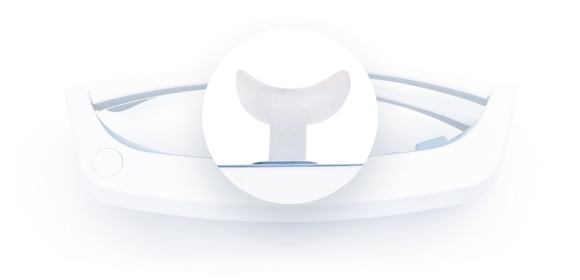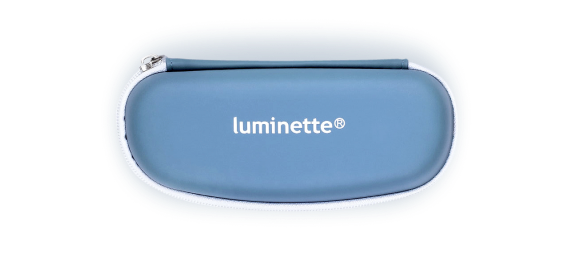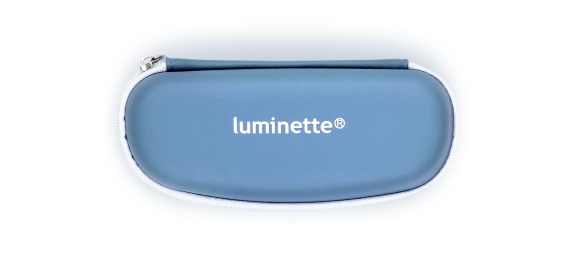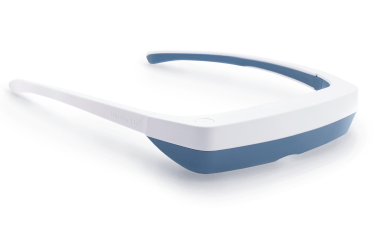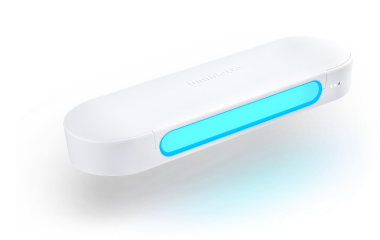What is the winter blues? As the winter season descends, many individuals grapple with a phenomenon commonly known as winter blues. This term encapsulates the feelings of melancholy, decreased energy, and overall lowered mood that can accompany the colder months. Also referred to as seasonal mood swings, beating the winter blues becomes a pertinent concern for mental health during this time. Understanding the meaning and underlying factors of winter blues is crucial in formulating effective strategies to combat its effects. In this guide, we will delve into various approaches and lifestyle adjustments aimed at beating the winter blues, fostering mental well-being, and ultimately embracing the season with a renewed sense of positivity and vitality.
Winter Blues
Winter blues, also known as seasonal mood swings, is a condition characterized by a noticeable shift in mood and energy levels during the colder months. For many, the onset of winter brings about a sense of winter sadness and a decrease in overall well-being. The meaning of winter blues lies in its association with the reduced daylight hours and limited exposure to natural light, which can disrupt our circadian rhythms and affect the production of mood-regulating neurotransmitters like serotonin. As a result, individuals may experience symptoms akin to mild depression, such as feelings of lethargy, irritability, and a lack of motivation.

Common Symptoms of Winter Blues
Recognizing the symptoms of winter blues is the first step toward managing the condition. Some of the most common symptoms include:
-
Low energy levels: Feeling unusually tired and sluggish despite getting adequate sleep.
-
Changes in sleep patterns: Difficulty falling asleep or sleeping too much.
-
Depressed mood: Persistent feelings of sadness, hopelessness, or irritability.
-
Loss of interest in activities: Reduced interest in hobbies or activities that were previously enjoyable.
-
Changes in appetite: Craving carbohydrates or overeating, leading to weight gain.
-
Difficulty concentrating: Struggling to focus or complete tasks that usually require minimal effort.
-
Social withdrawal: Avoiding social interactions or feeling isolated.
These symptoms can vary in intensity from person to person, and it’s essential to monitor them, especially if they start to interfere with daily life.
Beating the winter blues involves a multifaceted approach that encompasses both lifestyle adjustments and targeted interventions. While some individuals may experience milder forms of winter blues, for others, it can lead to more severe forms, even a seasonal affective disorder. It's important to note that individuals with a history of clinical depression may be more susceptible to experiencing heightened symptoms during this season. Understanding the nuances of mental health in winter allows for the implementation of tailored strategies that can make a significant difference in mitigating the impact of winter blues on one's overall well-being.
The Science Behind Winter Blues
The science behind winter blues revolves around the intricate interplay of biological and environmental factors. One key contributor is the reduced exposure to natural light during the winter months. This decrease in sunlight can disrupt the body's production of serotonin, a neurotransmitter responsible for regulating mood. Additionally, it can lead to an overproduction of melatonin, a hormone that induces drowsiness, further exacerbating feelings of lethargy and sadness. The impact on circadian rhythms, the body's internal clock, is significant, influencing sleep-wake patterns and energy levels. Moreover, the combination of these factors can contribute to the development of seasonal affective disorder (SAD), a more severe form of winter blues.

Factors Contributing to Winter Blues
-
Reduced Exposure to Natural Light
During winter, shorter days and extended darkness can lead to a decrease in exposure to sunlight, which is vital for regulating mood and energy levels.
-
Disruption of Circadian Rhythms
The lack of sunlight can interfere with the body's internal clock, known as circadian rhythms, affecting sleep patterns and overall well-being.
-
Altered Serotonin and Melatonin Levels
Sunlight influences the production of serotonin and melatonin, two key hormones that regulate mood and sleep. Reduced light can lead to imbalances, contributing to feelings of sadness and fatigue.
-
Influence on Sleep Patterns
Changes in light exposure can extend sleep durations or impact the quality of sleep, leading to lethargy and difficulty waking up in the morning.
-
Potential Genetic Predisposition
Some individuals may be genetically predisposed to experiencing seasonal mood changes, making them more susceptible to winter blues.
-
History of Clinical Depression
Those with a history of clinical depression may find that their symptoms worsen during the winter months due to various environmental and biological factors.
-
Lifestyle and Environmental Factors
Lifestyle choices such as poor diet, lack of exercise, and stressful environments can exacerbate winter blues. Environmental factors, like dreary weather, can also play a significant role.
-
Social Isolation and Reduced Activity Levels
Cold weather often discourages social activities and outdoor exercise, leading to increased isolation, which can negatively affect mental health and mood.
Lifestyle Changes for Beating Winter Blues
Making thoughtful adjustments to one's lifestyle can be instrumental in combating the effects of winter blues. One of the most effective strategies is incorporating light therapy. This involves exposing oneself to artificial light sources that mimic natural sunlight. It's a proven method for beating the winter blues by regulating circadian rhythms and influencing the production of mood-regulating neurotransmitters. Utilizing tools like the Luminette light therapy glasses can be particularly advantageous. These innovative glasses allow individuals to integrate light therapy seamlessly into their daily routines, providing a convenient means of addressing winter sadness and depression during winter.

Light Therapy for Winter Blues
Light therapy, also known as phototherapy, is one of the most effective treatments for winter blues. It involves exposure to a bright light that mimics natural sunlight, helping to regulate the body's circadian rhythm and boost mood.
-
How it works: Light therapy typically involves sitting in front of a light therapy box that emits bright light (10,000 lux) for about 20-30 minutes each day. The light should be positioned to shine indirectly into the eyes, usually in the morning.
-
Benefits: Regular use of light therapy has been shown to reduce the symptoms of winter blues, improve energy levels, and help regulate sleep patterns.
-
Considerations: While light therapy is generally safe, it’s important to use the device correctly. Individuals with bipolar-spectrum conditions may benefit from paying attention to timing, with midday use often advised. Anyone with eye or light-sensitivity concerns who would like added reassurance can choose to consult a healthcare provider before starting light therapy.
Light therapy is often most effective when used early in the morning, helping to reset the body's internal clock and improve mood throughout the day.
In addition to light therapy, maintaining regular exercise routines can be immensely beneficial. Physical activity releases endorphins, the body's natural mood lifters, and helps combat feelings of lethargy and low energy. Prioritizing a nutrient-rich diet that includes foods high in vitamins and minerals known to boost mood can also make a significant difference. Additionally, practicing stress-reducing techniques such as meditation, deep breathing exercises, or engaging in hobbies that bring joy and relaxation can further contribute to a positive mental state during the winter months. These lifestyle changes, combined with the incorporation of light therapy through tools like Luminette glasses, can collectively serve as a powerful arsenal for beating the seasonal blues and fostering better mental health in the winter.
A few tips on how to beat the winter blues
Beating the winter blues can be challenging, but there are several strategies that might help you stay upbeat and energized throughout the colder months. Here are some tips:
-
Stay Active: Regular exercise can boost your mood and energy levels. Even indoor workouts, like yoga or bodyweight exercises, can be effective.
-
Maintain a Healthy Diet: Eating a balanced diet rich in fruits, vegetables, and whole grains can help your overall well-being. Foods high in omega-3 fatty acids, like fish and nuts, might also help with mood regulation.
-
Stay Connected: Socializing with friends and family can provide emotional support and lift your spirits. Virtual hangouts or phone calls can help if you can’t meet in person.
-
Practice Self-Care: Engage in activities that you enjoy and that help you relax, such as reading, taking baths, or working on a hobby.
-
Get Some Sunlight: Try to get outside during the daylight hours, even if it’s just for a short walk. Natural light helps regulate your body’s sleep-wake cycle and can improve your mood.
-
Stick to a Routine: Maintaining a consistent schedule for sleep, meals, and activities can help regulate your body’s internal clock and improve your mood.
-
Get Enough Sleep: Aim for 7-9 hours of quality sleep each night. Good sleep hygiene, like keeping a regular sleep schedule and creating a restful environment, can make a big difference.
-
Set Realistic Goals: Break tasks into smaller, manageable steps and set achievable goals. This can help you feel accomplished and motivated.
Conclusion
In conclusion, understanding and addressing the impact of winter blues on mental well-being is crucial for a balanced and fulfilling life, especially during the colder months. By recognizing the meaning behind winter blues, individuals can proactively take steps towards beating the winter blues. Implementing lifestyle changes, including light therapy through tools like the Luminette light therapy glasses, empowers individuals to combat feelings of winter sadness during this season. Remember, prioritizing mental health in winter is not only essential for immediate well-being but also for long-term psychological resilience. Embracing these strategies encourages a positive outlook and equips individuals with the tools they need to navigate the winter season and beat the winter blues with vitality and positivity.
FAQ
What are the common symptoms of winter blues?
Common symptoms of winter blues include low energy levels, changes in sleep patterns, a depressed mood, loss of interest in activities, changes in appetite, difficulty concentrating, and social withdrawal.
How can light therapy help with winter blues?
Light therapy helps by mimicking natural sunlight, which can regulate the body’s internal clock and boost mood. Regular exposure to bright light in the morning can reduce symptoms of winter blues, improve energy levels, and help regulate sleep patterns.
What lifestyle changes can help prevent winter blues?
Lifestyle changes that can help prevent winter blues include increasing exposure to natural sunlight, maintaining a regular exercise routine, following a balanced diet, and staying socially connected. These changes can help regulate mood and energy levels during the winter months.
Are there any natural remedies for winter blues?
Yes, natural remedies for winter blues include light therapy, vitamin D supplements, omega-3 fatty acids, and mindfulness practices. These remedies can help improve mood and alleviate symptoms without the need for medication.
How long does it typically take to overcome winter blues?
The duration of winter blues can vary from person to person. With the right combination of lifestyle changes and treatments, many individuals begin to feel better within a few weeks. However, it’s essential to monitor symptoms and seek professional help if they persist or worsen.
Can exercise really improve mood during the winter months?
Yes, regular exercise is a proven mood booster. Physical activity increases the production of endorphins, the body’s natural "feel-good" chemicals, and can help combat fatigue, improve sleep quality, and reduce symptoms of winter blues.


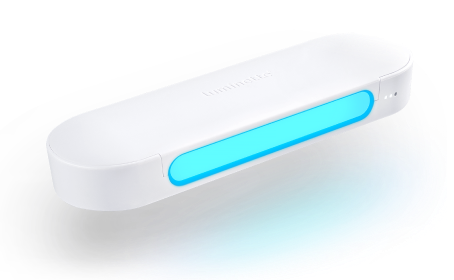


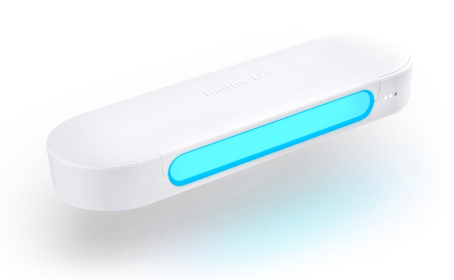
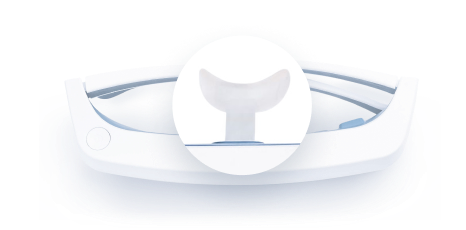
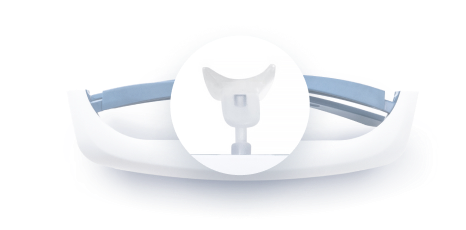

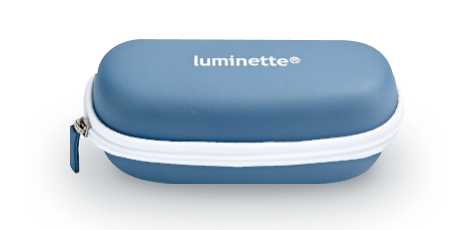
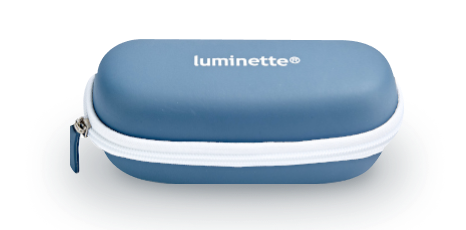





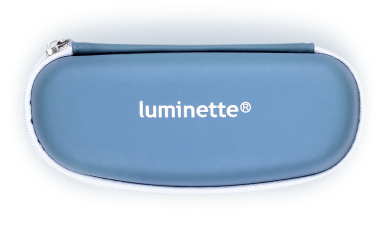
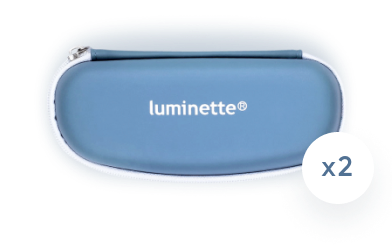
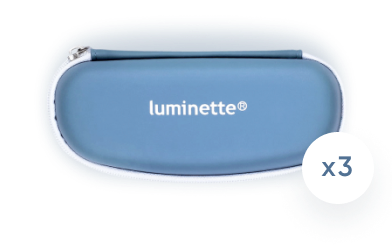
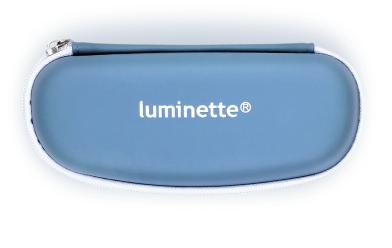
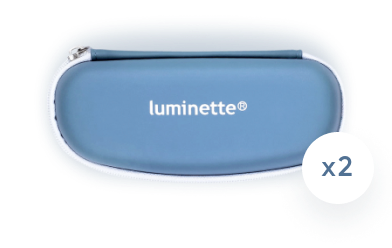
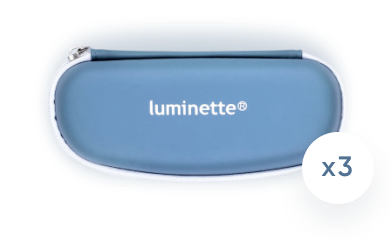
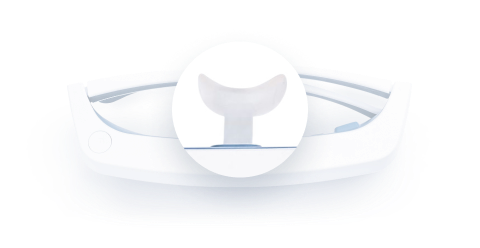
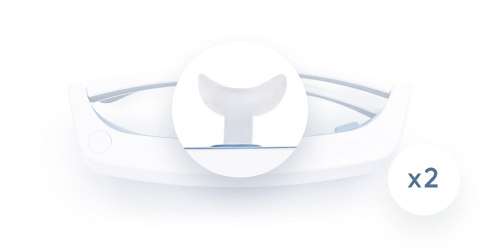
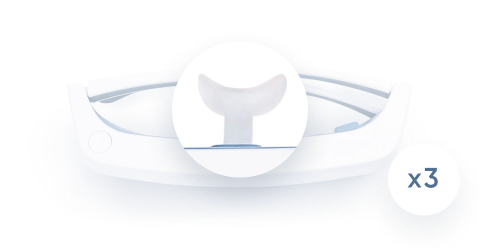
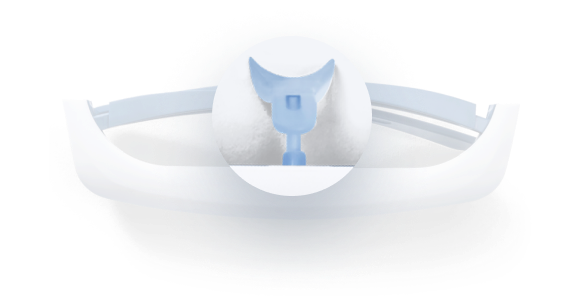
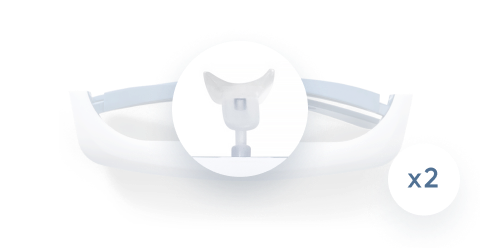
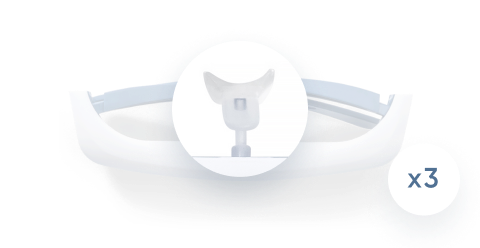
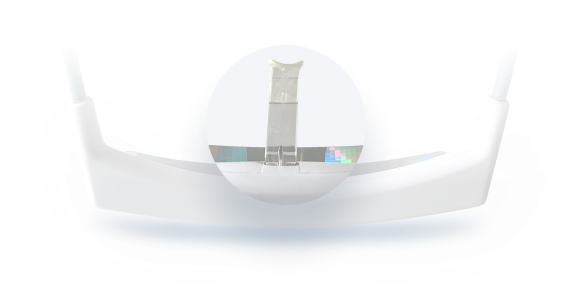















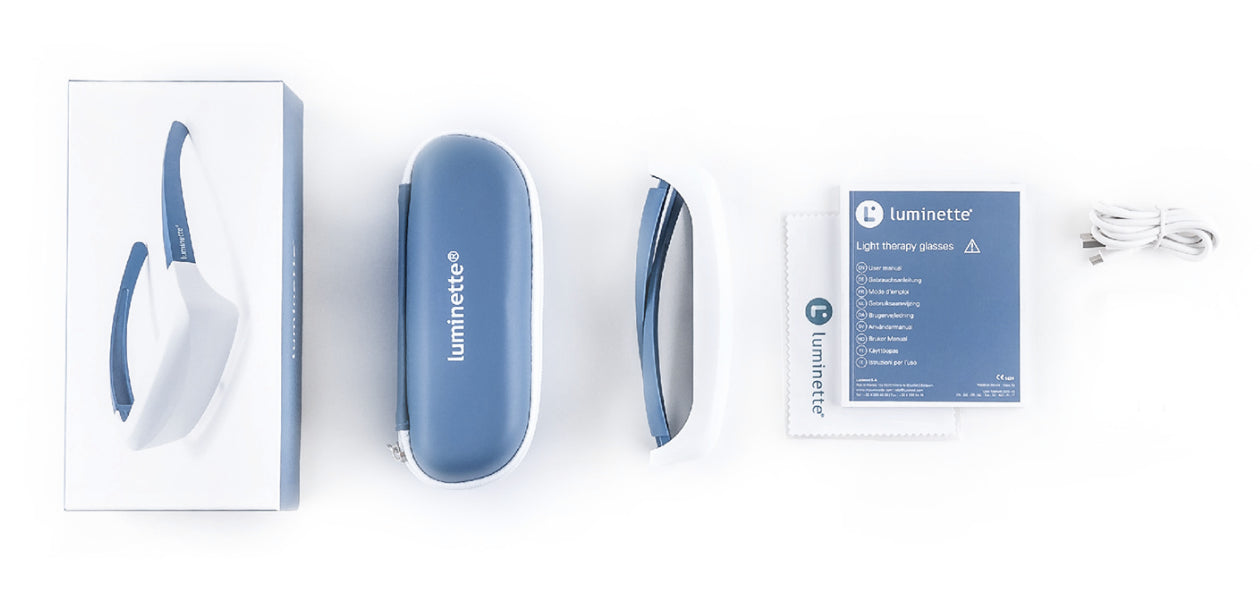
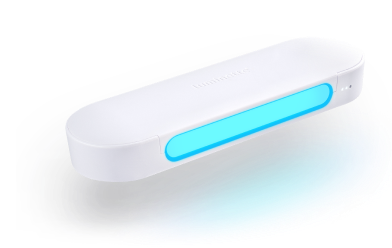
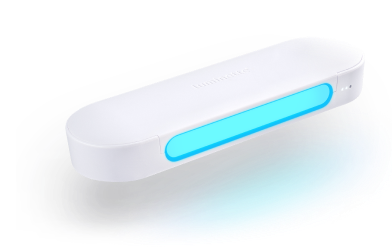
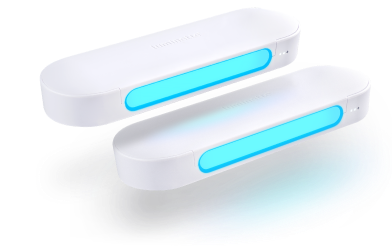
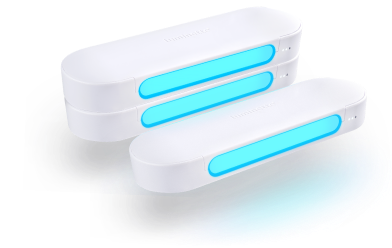
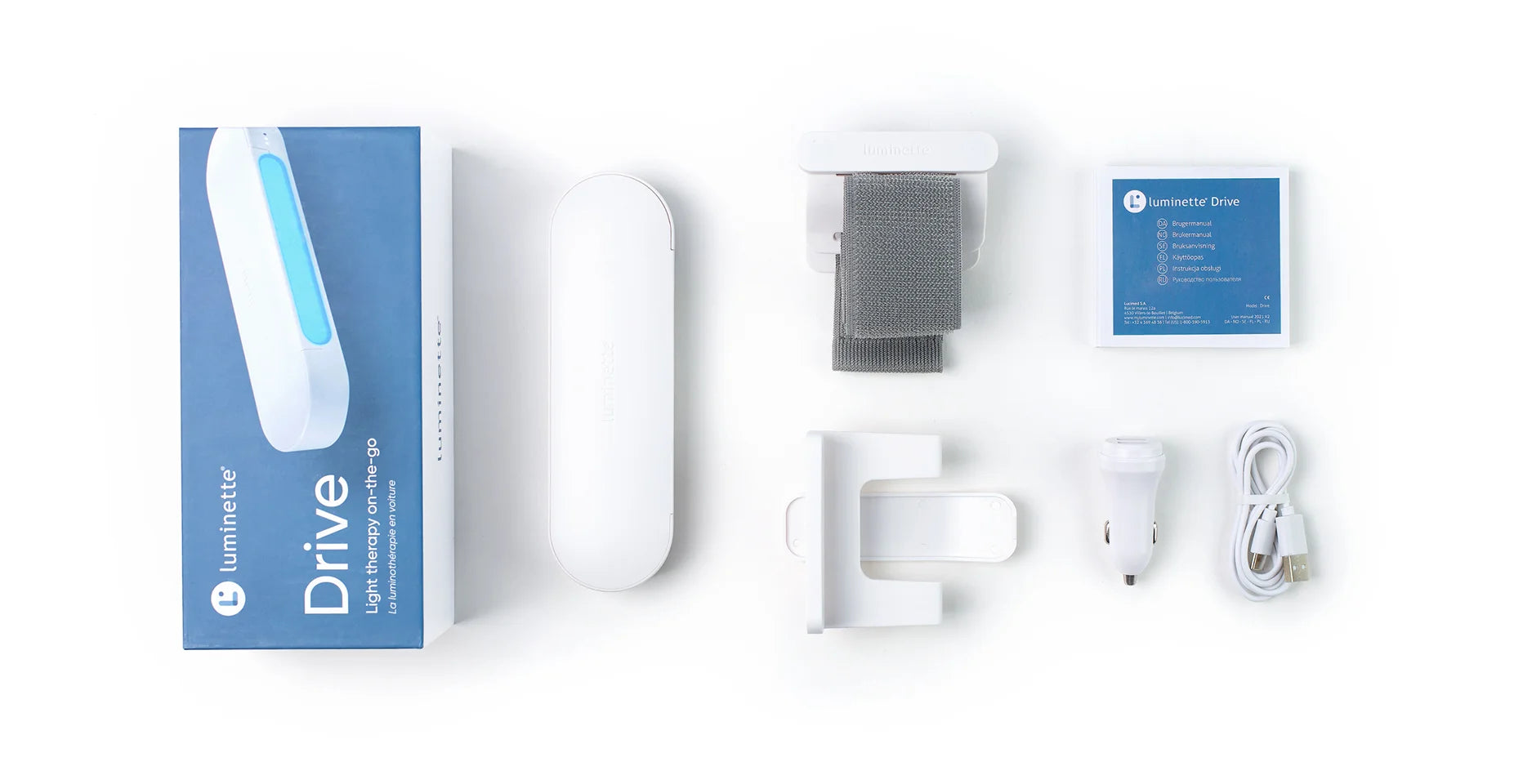

 Please note
Please note






